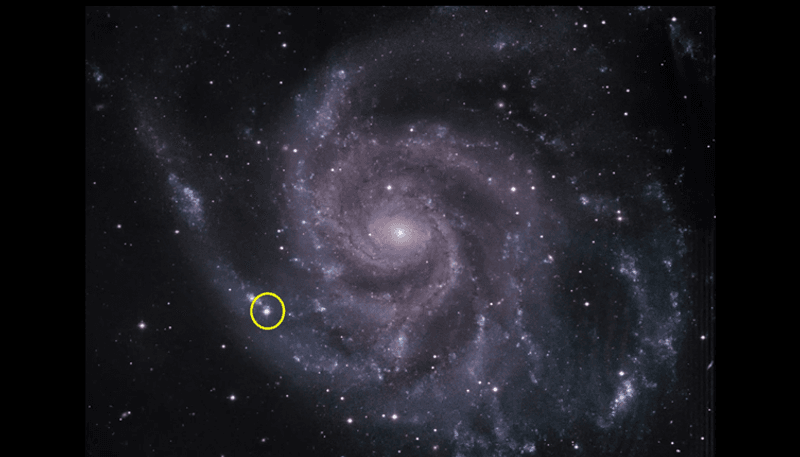Researchers in Barcelona have created a peculiar new quantum simulation. The approach involves Bose-Einstein condensates – often referred to as the fifth state of matter – which have been used to study the intricate quantum properties of solid materials by mimicking them in a much simpler way. Now, researchers have been able to use one to create a gauge theory – the mathematical model that underpins the interaction between particles – for the first time.
The findings, published in Nature, are extremely exciting. Gauge theories are hugely important in modern physics: Some of the cornerstones of the discipline from electromagnetism, to relativity, to the unification of the non-gravitational fundamental forces are examples of gauge theories.
“For two decades, ultracold atoms have demonstrated that they are a very powerful tool to emulate solids, and to guide our understanding of how quantum materials work. However, material science is only a fraction of physics, and theorists have been proposing for years to extend this approach to gauge theories with the long-term perspective of broadening the scope of quantum simulation to a much broader range of physics problems, including also high-energy physics,” senior author Professor Leticia Tarruell, from The Institute of Photonic Sciences, told IFLScience.
“This was a very nice idea; however, it seemed very far from what could be realistically done in the experiments. This result is exciting because it shows that the quantum simulation of gauge theories is finally reaching the labs, and we will certainly see more experimental results in the coming years from the techniques that have been developed in this work.”
The gauge theory simulated by the group is not among the most famous but it is certainly an intriguing one. It is called chiral BF and it has to do with the behavior of electrons moving in one dimension, restricted to a single edge of a material. It is expected that the interaction between these particles in the presence of a strong magnetic field would be quite unlike how they normally behave.
The team cooled a cloud of potassium to a billionth of a degree above absolute zero and trapped it to a single line using lasers. Potassium was chosen as it has two versions (isotopes) that would behave differently. Using laser light combined the two versions into a single state, which behaved in a very peculiar manner. When the cloud was pushed to the left it behaved like a regular gas cloud expanding. But to the right, suddenly the interactions became attractive, keeping the cloud in the same shape.
“When we observed for the first time the effect of chiral interactions in our atomic cloud, we were not trying to simulate a gauge theory. But the data was so beautiful and intriguing that we felt that we really needed to understand better its meaning. It made me change completely the research plans of the team,” Professor Tarruell said in a statement seen by IFLScience.
The researchers enlisted the help of theoretical physicist Alessio Celi who was able to connect the data to the chiral BF gauge and identify how it connected to the experimental results. Furthermore, he helped the team understand the model behind the behaviors, and together they found parameters that perfectly simulate the gauge theory.
“I think that this project shows us the strength of interdisciplinary collaborations. Combining experimental tools of ultralow temperature physics and theoretical tools from high energy physics has made all of us better physicists, and resulted in the first quantum simulation of a topological gauge theory,” concluded Tarruell.
The team now wants to study the same peculiarities in a plane to simulate the Chern-Simons gauge theory. This would allow them to create quasi-particles known as anyons, which it is believed will be useful in future quantum computers.




